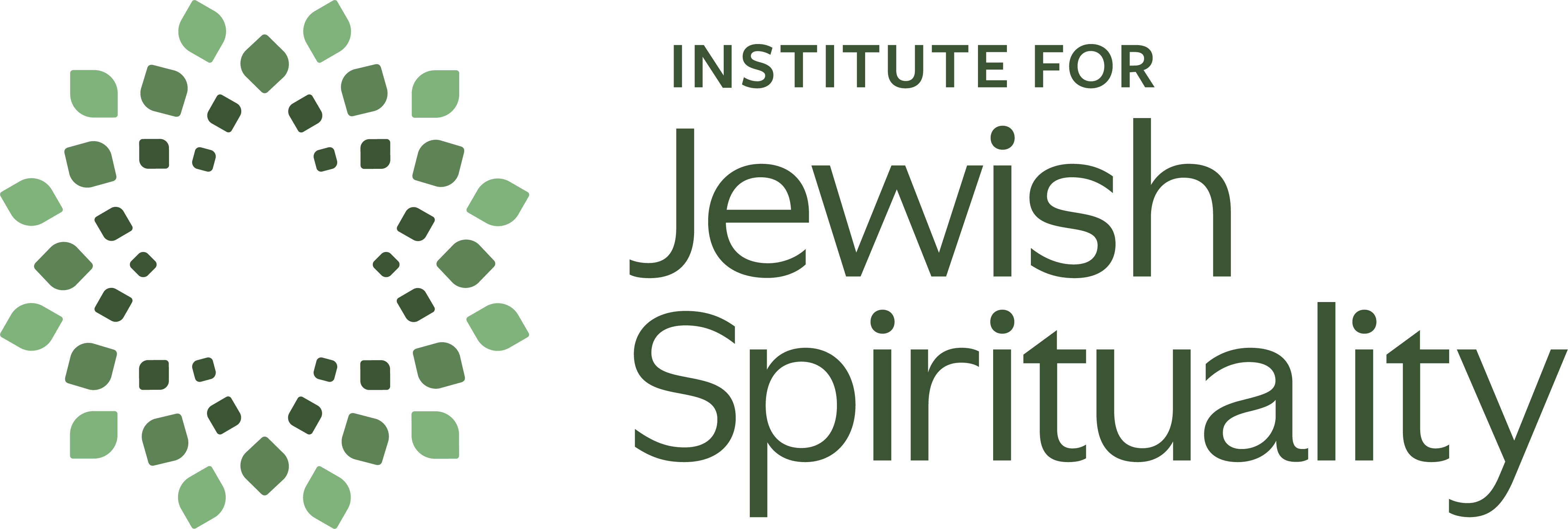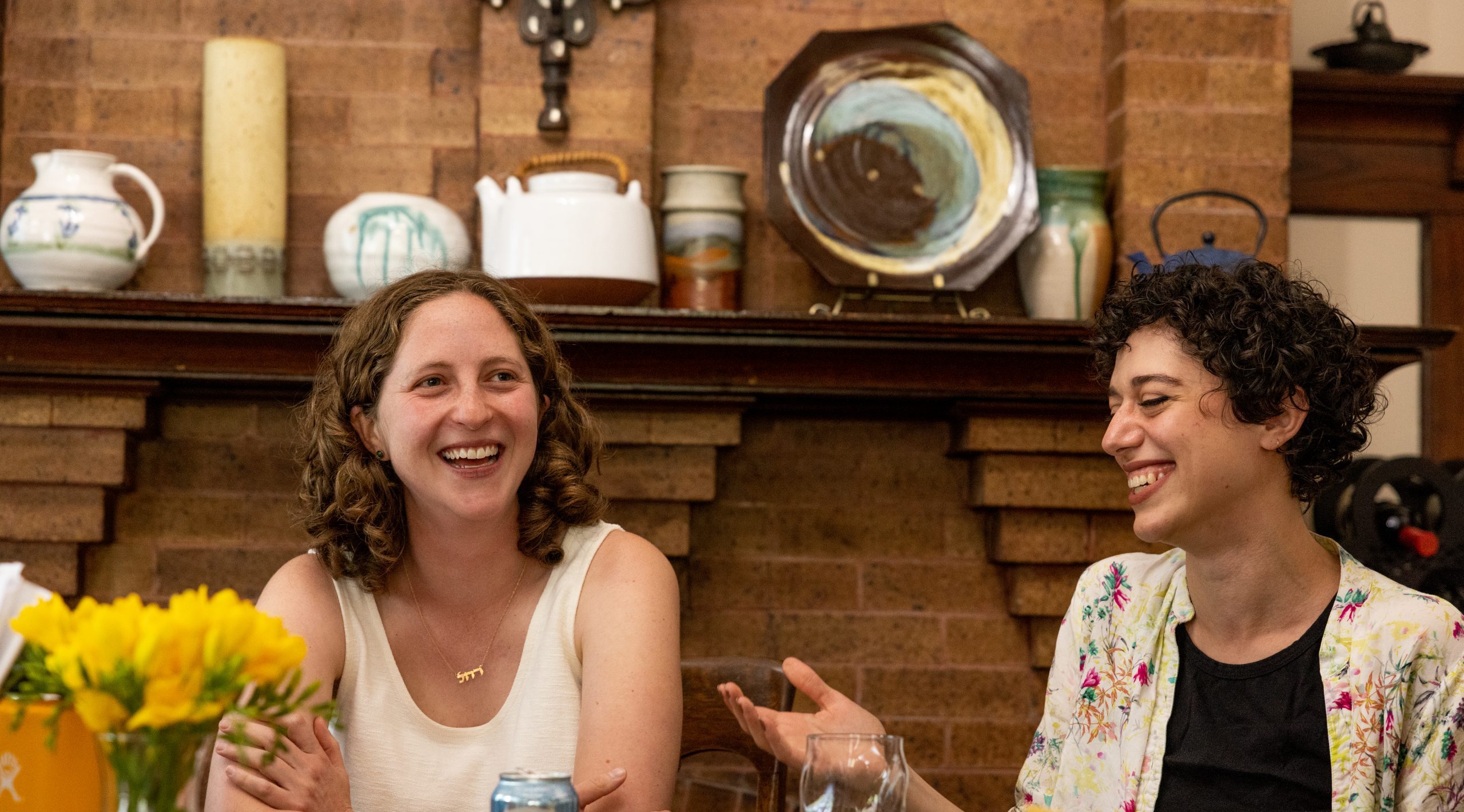
For the last decade or so, my family’s winter vacation has been a time to get together with my wife’s sister and her husband. She’s a diplomat, so they’re often stationed in interesting places (and have free housing to offer us). And when they’re not in a foreign country, we have a chance to go to other interesting places together: skiing, warm weather places, places where we can rent a house and just hang out for a week.
While we were on vacation this year in Toronto (their hometown–we made it a bit of a family reunion), my brother-in-law had occasion to be walking through a public spot when he was “tefillinned”–that is, he was approached by Chabad Hasidim who asked, “Excuse me, are you Jewish?” and when he said, “Yes,” proceeded to ask if he had put on tefillin today and, if not, would he like to do so.
This has happened to me many times before, and I imagine it may have happened to you or someone you know. (In the halakha or Jewish practice that Chabad follows, tefillin is a mitzvah to be observed only by men, so that likely affects your experience in this case.) There are whole subcultures built around stories of wrapping tefillin with Chabad shluchim (emissaries), both earnest–stories of the power of putting on tefillin for the first time, for instance–and humorous (e.g. funny rejoinders).
My brother-in-law asked a question I’ve heard many others ask too: Why tefillin in particular? There are plenty of other practices the Lubavitcher Rebbe could have chosen to further the outreach and engagement campaign he thought was so important. Why this one?
Many of the answers have to do with protection: Tefillin have traditionally been thought to serve as a kind of amulet (the infelicitous English translation, phylacteries, comes from the Greek “phulassein,” to guard–hence, for instance, prophylactic). The Rebbe launched the “Tefillin campaign” shortly before the Six Day War in 1967, a moment when many Jews sought safety in the face of impending catastrophe. Tefillin provided a valuable spiritual response.
But I think there’s a deeper significance reflected in the first mention of tefillin, which comes in Parashat Bo. It appears at the very end of the Torah portion–which has focused exclusively on the story of the Exodus and the rituals the Israelites will engage in to remember it. Tefillin are part of that commemoration, too: “And this shall serve you as a sign on your hand and as a reminder on your forehead—in order that YHVH’s teaching may be in your mouth—that with a mighty hand YHVH freed you from Egypt” (Ex. 13:9).
There’s a powerful, basic teaching present here, one that the Hasidic tradition emphasizes and that more modern liberatory approaches do as well: The Exodus from Egypt is not only an historical event, but an ongoing reality in our lives. Every moment we are confronted with constriction–in thought, in spirit, in breath. And every moment we have the potential to leave that constriction through mindful awareness and attention. That practice is a whole-body practice: It includes the sense organs of the head, the brain, the heart (where the tefillin box of the arm is meant to rest), and out into our hands and outer limbs. In every moment, with our entire bodies, we can be leaving Egypt. The tefillin, which extend from the crown of the head to the tips of the fingers, symbolize that and even make it something we can feel and touch.
Finally, I think a reason the Rebbe wisely focused on tefillin is that, despite its ubiquity in Orthodox circles, it can feel like a strange and out of reach practice for many Jews. Yet as Chabad has made clear–and as liberal movements have likewise shown through their embrace and expansion of tefillin-wearing beyond only men–tefillin can be a powerful aid in one of the most fundamental aspects of Judaism as a mindfulness practice: that, on the most intimate, personal levels, liberation is always possible, the Divine is always available. If we can practice that, with or without our tefillin on, then we are truly leaving Egypt.

